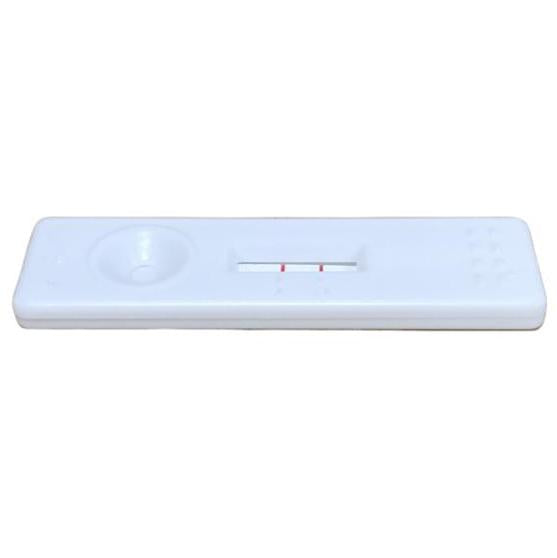
Sepsis and inflammation - a new diagnostic opportunity

Meet us at MEDICA 2025
We will be exhibiting the sTLR2 RAPID on the Welsh Government stand, Hall 16, Booth J03 to discuss global licensing and distribution opportunities.
Rapid measurement of sTLR2
The IMIWN sTLR2 RAPID test is an in vitro diagnostic immunochromatographic (lateral-flow) assay for the semi-quantitative measurement of human soluble Toll-like receptor 2 (sTLR2) in plasma - a biomarker of sepsis and other inflammatory conditions.
The level of sTLR2 in plasma has the potential to provide additional information to that of traditional biomarkers such as CRP and PCT, providing scientists and clinicians with a new, potentially transformative tool.
Certified for clinical use (UKCA) in Great Britain, and available for research use elsewhere.
Proprietary sTLR2 antibodies
A panel of proprietary monoclonal and polyclonal anti-human sTLR2 antibodies, as well as antibody pairs, are available for research and commercial use.
Soluble Toll-like Receptor 2 (sTLR2) in Sepsis and Inflammation
A soluble form of Toll-like receptor 2 (sTLR2), a receptor of the immune system critically involved in pro-inflammatory responses, is present in human plasma and other bodily fluids showing anti-inflammatory potential, acting as a decoy receptor to limit inflammation.
Notably, elevated levels of sTLR2 are present early on in patients with sepsis, and other infective and non-infective inflammatory conditions, with a rapid kinetics of release. Elevated sTLR2 levels can be detected in plasma after just 30 minutes following cell stimulation by bacterial products, reaching peak concentration after just 4 hours, and has a very short half-life.
This represents a potential advantage of sTLR2 as a biomarker of early sepsis over C-reactive protein (CRP) and procalcitonin (PCT). CRP exhibits a slower kinetics of release, as it only begins to rise after 12-24 hours of the insult, peaking within 2-3 days, and PCT becomes elevated after 3-4 hours and peaks at about 6-24 hours.
A study of the use of sTLR2 versus CRP in critically ill patients compared with non infective systemic inflammatory response syndrome (SIRS), showed that sTLR2 has better specificity and sensitivity for sepsis than CRP, the most commonly used marker in the ICU (AUC sTLR2 0.959; CRP 0.764).
Further, sTLR2 levels below 1 ng/mL had good ability to rule out sepsis, whether it was secondary to bacterial or fungal infection, within the first 12 h of ICU stay, when clinical parameters and traditional markers of infection are often equivocal.

Results in 10 minutes
Semi-quantitative results from a 20µL plasma or serum sample in 10 minutes. The human sTLR2 rapid test kit uses proprietary sTLR2 monoclonal antibodies in a simple, convenient lateral flow format. Each kit contains 10 test devices.

Quality assured
Developed and manufactured in the UK according to a fully certified medical device quality assurance system (ISO13485).
UKCA Certified. Registered with MHRA.
